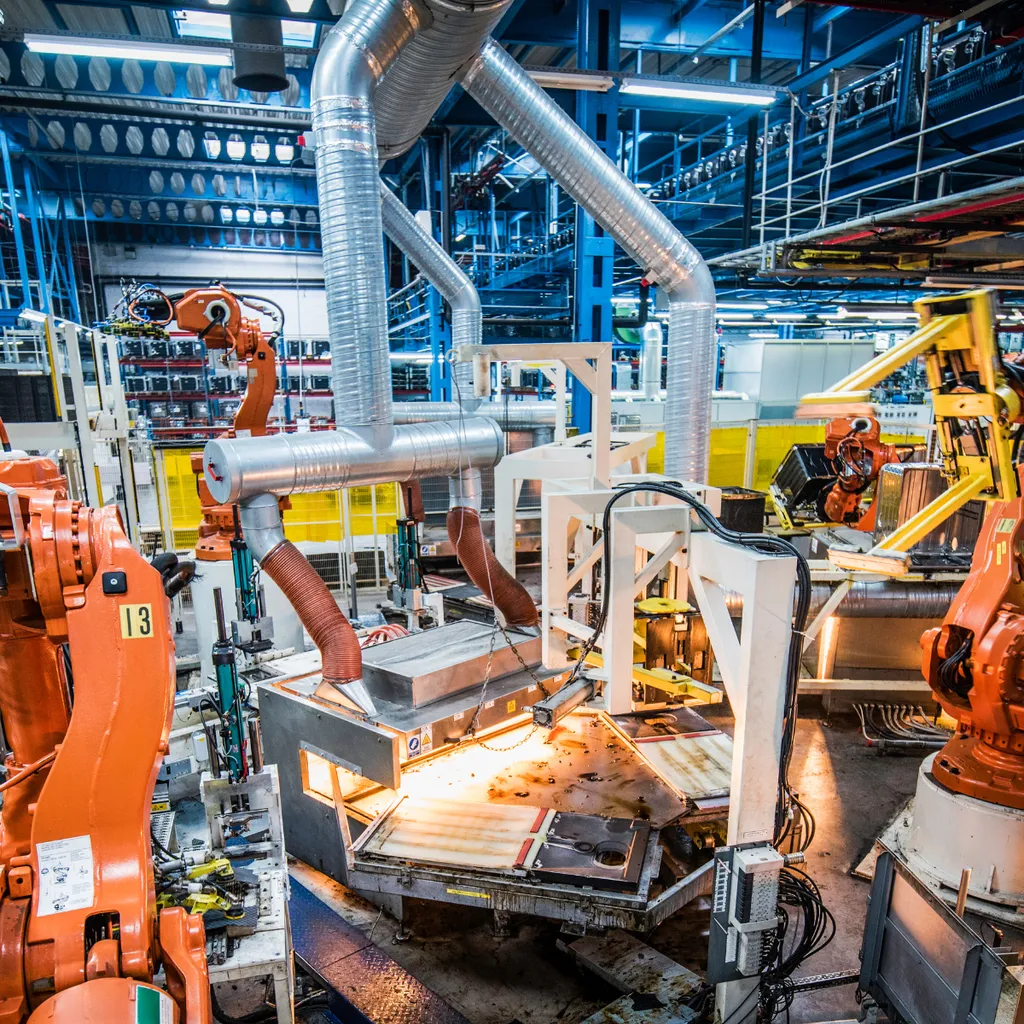In the realm of industrial automation, precision and efficiency are paramount, especially when it comes to manufacturing complex parts. Traditional force control systems in industrial robots have often fallen short in these areas, but a recent breakthrough by Zhaofu Ou and his team at the School of Mechanical and Electrical Engineering, Hunan Biological And Electromechanical Polytechnic in Changsha, China, is set to change the game. Their research, published in the journal ‘Automatika’ (which translates to ‘Automation’), introduces an innovative hardware-in-the-loop simulation system for numerical control (CNC) force control, promising significant improvements in manufacturing processes.
The team’s open CNC force control simulation system integrates both hardware and software components, creating a robust platform that enhances the responsiveness and reliability of force control systems. The hardware includes programmable logic controllers (PLC), CNC force control technology, drivers, servo systems, sensor systems, and system control circuits. The software, designed in C++ with a modular approach, facilitates communication between the upper and lower computers via a standard PCI bus.
“This system addresses the long-standing issue of query speed in force control systems,” explains Ou, highlighting the core advantage of their innovation. The system’s ability to improve CNC force accuracy, rotation accuracy, surface roughness, and the matching between virtual and actual values by approximately 10% compared to traditional systems is a testament to its potential impact on the industry.
The implications for the energy sector are substantial. Precision manufacturing is crucial for producing components used in energy generation, transmission, and storage. The enhanced accuracy and reliability offered by this new system can lead to more efficient and cost-effective production processes. This, in turn, can drive down costs and improve the overall performance of energy systems, benefiting both manufacturers and end-users.
The research by Ou and his team not only solves a critical problem in industrial automation but also paves the way for future advancements. As the demand for complex and high-precision parts continues to grow, the need for sophisticated control systems will become even more pronounced. This innovative system sets a new standard for force control technology, inspiring further research and development in the field.
In an industry where every fraction of a millimeter and every millisecond counts, this breakthrough represents a significant step forward. As the energy sector continues to evolve, the integration of such advanced technologies will be key to meeting the challenges of the future. The work published in ‘Automatika’ is a shining example of how innovation in industrial automation can drive progress and shape the future of manufacturing.

